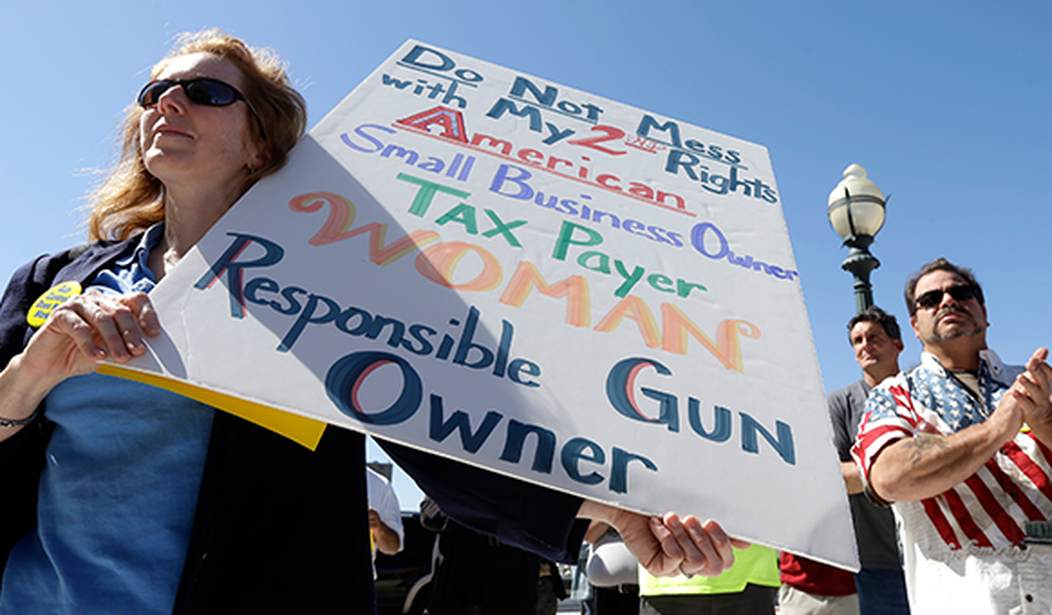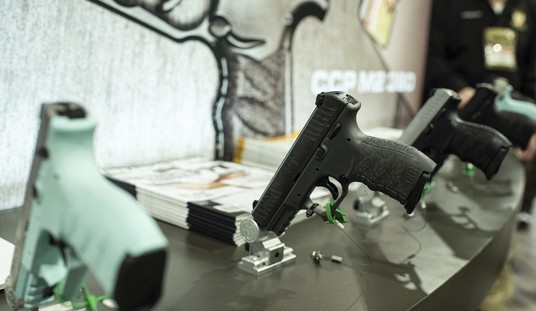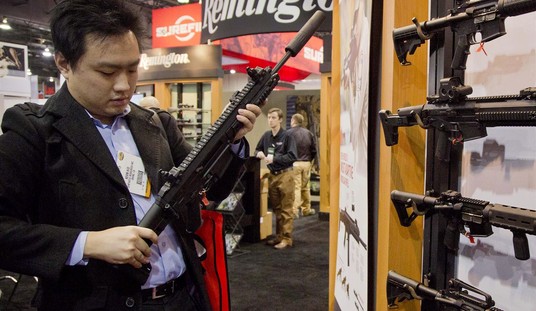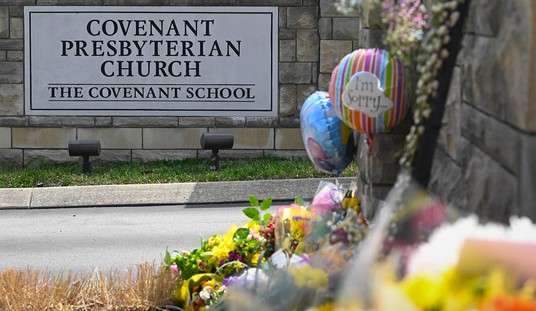Consider this a rebuttal to law professors Joseph Blocher and Eric Ruben, who, in advance of the Supreme Court’s decision next year in a challenge to New York’s “may issue” carry laws, recently argued in the pages of the Washington Post that it’s absurd to claim, as Supreme Court Justice Samuel Alito has done, that the nation’s court system is treating the Second Amendment as a second class right. According to the professors, their own “empirical research” has shown that about 40% of Second Amendment challenges were successfulin the eight years after the Supreme Court struck down Washington, D.C.’s ban on handguns in the Heller case, which they note is in line or better with challenges based on other constitutional grounds.
That figure hardly suggests that judges are turning their backs on pro-gun-rights arguments; it is in line with, or higher than, success rates in other constitutional contexts. (One researcher finds that landowners win in fewer than 10 percent of “takings” cases based on regulatory activity, for instance; another finds that plaintiffs prevail in 48 percent of Fourth Amendment claims raised in the civil context.) And many unsuccessful Second Amendment claims are objectively weak: About a quarter of the ones we examined challenged felon-in-possession laws, which were specifically blessed by Justice Antonin Scalia in his majority opinion in Heller.
Maybe I’m wrong, but I don’t think Alito is necessarily referring only to the winning percentages of Second Amendment challenges as much as he was reacting and responding to some of the high profile cases where courts have gone out of their way to uphold various gun control laws. In recent years we’ve seen the Second Circuit declare that modern sporting rifles like the AR-15 are in “common use” for lawful purposes but they can be banned regardless, the Fourth Circuit declare that “assault weapon” bans are okay because semi-automatic rifles are not protected by the Second Amendment because they’re “like” machine guns, and the Ninth Circuit invoke Hawaiian tribal law over the plain language of the Bill of Rights in upholding Hawaii’s ban on open (and concealed) carry without a license; a license that is almost never issued to ordinary residents of the state.
These decisions were mostly decided by using intermediate scrutiny as the standard of review; a lesser standard than what is used when considering issues of political speech, for example. Under intermediate scrutiny, as long as a gun controlling government can show that there is “reasonable fit” between the (law) and an interest in protecting public safety, then it doesn’t matter if your rights are being infringed.
And as it turns out, it seems the last thing that Blocher and Ruben want to see is the Second Amendment being treated with the same deference that courts give to our First Amendment rights.
If a majority of the justices come to accept the second-class framing, despite its lack of support, they could use it to further expand the right to keep and bear arms, and thus further limit the ability of governments to regulate firearms — hardly the first time that an apparent rhetorical flourish ended up shaping constitutional law. (The “marketplace of ideas” metaphor, for example, has a powerful grip on First Amendment law and theory, even though, in the real world, false ideas regularly prevail over true ones.)
Given the prominence and potential influence of second-class rhetoric in the Second Amendment context, we set out, in a forthcoming law review article, to chart its development and influence. We traced how other judges picked up on, and sometimes embellished, Alito’s assertion in the 2010 case involving Chicago. Criticizing his colleagues’ reluctance to hear a Second Amendment challenge in 2018, for example, Justice Clarence Thomas characterized the amendment as a “constitutional orphan.” That same year, a judge on the Fifth Circuit Court of Appeals called the Second Amendment the “Rodney Dangerfield of the Bill of Rights” (quoting a legal scholar who was actually describing the right’s treatment before Heller was decided — when the claim might have been more plausible). Other judges, we found, describe it as “disfavored,” “watered-down,” “diluted,” “underenforced” or “abandoned.”
Two law professors, John Yoo and James C. Phillips, took the rhetoric up a notch in a National Review article, claiming that the Second Amendment has been “banished to the back of our constitutional bus.” The editorial page of the Wall Street Journal, similarly invoking the civil rights era, accused legislatures of engaging in “massive gun resistance.” The suggestion was that there has been a widespread and flagrant refusal to enforce gun rights analogous to opposition to desegregation after Brown v. Board of Education.
Is the analogy really that off-base? After all, we’re more than ten years post-Heller and while we have made some progress in D.C., you still can’t visit a gun store or a range in our nation’s capitol because they don’t exist. It took a lawsuit to get the District to drop its own “good cause” requirement for a carry license, and city officials are still far more interested in placing restrictions on legal gun ownership than they are in pursuing criminal cases against those carrying a firearm after they’ve been convicted of a felony offense.
While I do believe that government resistance to Brown v. Board of Education was both more widespread and more violent than the pushback to Heller and McDonald, the commonality between the segregationists who were willing to shut down public schools in order to prevent Black and White students from sitting side-by-side in a classroom and the gun prohibitionists who are willing to send a disparate number of Black men to prison for carrying a gun without a government permission slip is that both groups refused to acknowledge the reality that a right of the People belongs to all the people. Post-Heller, we unfortunately still have states like New York that start from the position that no one gets to own a gun unless the government gives them its stamp of approval. Heck, it would be an improvement if New York, New Jersey, California, and the other “may issue” states were to treat the Second Amendment as a second class right, because at the moment they don’t treat the right to bear arms as a right at all.









